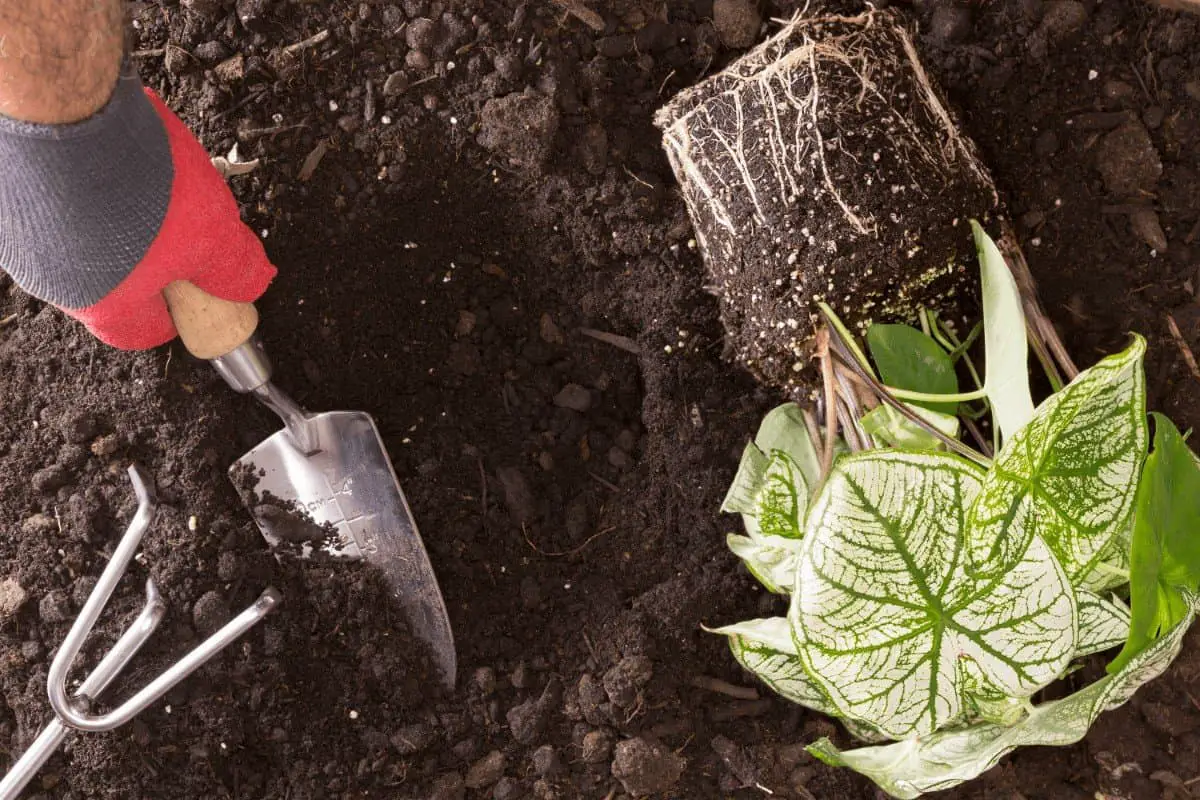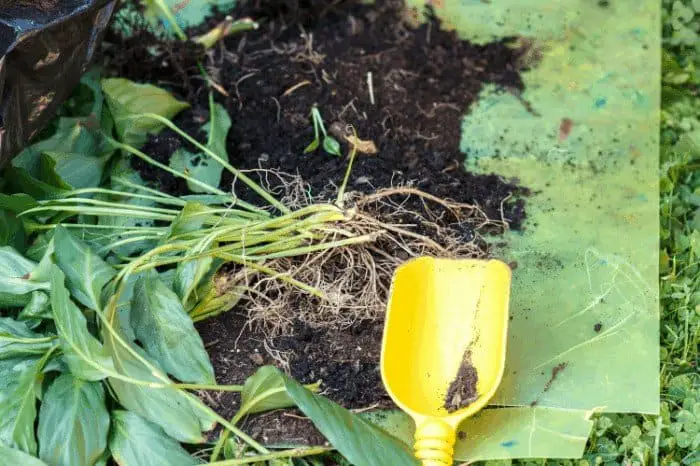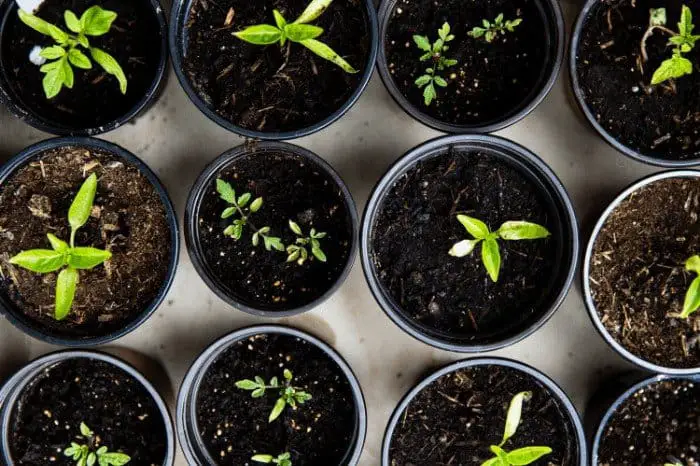Last Updated on March 20, 2022 by Griselda M.
Unlike humans, which are accustomed to moving from place to place, plants expect to grow in one spot for their entire lives. It can thus be startling and downright shocking when the plant finds itself uprooted and moved to a new location. Gardeners often need to transplant whatever they’re growing to protect the plant from the cold or move it to a larger container. However, many novices will rapidly discover that this can result in death, dying, or ill plants that don’t grow.
When a plant suffers after movement, it is called transplant shock.
How Long Does Transplant Shock Last?
The first step to understanding the length of transplant shock is knowing what the condition is. Many gardeners assume shock occurs when the roots are mishandled during the moving process. This isn’t true. Shock happens when the plant suddenly finds itself in a new environment that doesn’t match the one in which it grew.
Transplant shock can last for a long time and varies based on the type of plant. Most flowers, vegetables, and herbs might refuse to grow for at least two weeks, during which they can become stunted. Someone who moves trees can expect the sapling to be in shock for a year, with some species having dormant periods of shock that last for five years.
Since gardeners don’t want to wait to have their healthy plants back, the best trick to treating transplant shock is to avoid it altogether. This can be difficult for beginners and might take some practice. But it is possible, and the garden will thank you.
How to Avoid Transplant Shock
Although transplant shock seems inevitable, it can be avoided if gardeners are willing to take some extra time to allow plants to adjust. The most important step is to avoid disturbing the roots as much as possible. For example, if all of the roots need to be dug up to move the plant, don’t shake them around or bump into them. Also avoid shaking the dirt away from the root, as this disturbs the plant and confuses its system.
When moving the roots and rootball, try to keep it moist. This prevents segments of the roots from getting damaged by drying out. When possible, keep as much of the root as possible, and don’t be tempted to cut away any stragglers that are longer than the rest. Finally, always make sure to water immediately after transplant and to ensure the plant is receiving the moisture it needs in its new location. Plants are often like people – they need plenty of attention when they are in strange circumstances.
How to Fix Transplant Shock
There’s no tried and true method for curing transplant shock, but there are a couple of ways gardeners can lessen the symptoms. The first step is to once again keep the roots moist so the plant is getting enough water to survive. Pay attention to the soil and apply a little water when the top starts to dry out.
A curious tip that goes around gardening circles is to add a little sugar to the soil. Surprisingly, this actually works. If you have a plant that is going into transplant shock, try mixing sugar and water and gently misting the result into the soil. It provides extra nutrition and can keep the roots healthy and strong.
If nothing seems to be working, just give the plant time. It can take weeks to become adjusted to a new location, so just water regularly and ensure all sunlight and nutrient needs are met in the new space.
Does Soil Type Affect the Shock?
In general, plants that require different soil types do not experience transplant shock at varying rates. What can affect the shock is placing a plant in a soil type that it is unaccustomed to. For example, you do not want to place a succulent that is used to dry, porous soil in heavy peat because the roots will not be able to adjust. Likewise, you don’t want to put a fern in sandy soil full of rocks.
When transplanting any flower, shrub, or tree, always make sure the soil in the new location matches the old. This might require using multiple soil tests and checking fertilizer on a regular basis. Water the plant before and after transplant as well so there is enough moisture. If this seems like too much work to create two plots with identical soil, then carry some soil from the old location to the new.
Does Plant Species Affect Shock?
The more sensitive or delicate a plant is, the more likely it is that it will suffer a shock when being moved. Orchids, for instance, are one of the most finicky plants to care for and do not do well when being moved. Contrast the orchid with weeds, which seem to grow wherever they manage to place their roots.
Some other plants that don’t transplant well include roses, walnut trees, chrysanthemums, Japanese snowballs, sweet ferns, and rhododendrons.
Does Season Affect Shock?
Yes. Different plants need to be moved at varying points throughout the year in order to maintain optimal health and wellness. Most transplanting should be done in the spring or fall to avoid cold soil syndrome. Some flowers do best once the roots have started to grow for the season, while others should only be moved once dormant for the year. Always research your plants before you try to move them.
Conclusion
Transplant shock is difficult to predict and could last anywhere from two weeks to five years. There are a couple of ways to avoid the issue altogether, though, especially for gardeners who are willing to take the time to research their plants and identify how and when transplanting should be done. Don’t let the plants get the best of you, and remember that each one is as unique as a person. Show them plenty of attention and give them the proper soil and nutrition, and the transplant will go off without a hitch.
FAQ’s
Is it normal for plants to wilt after transplanting?
After transplanting, seedlings are prone to dropping or wilting. This happens because the roots get broken or disturbed during the transplanting process.
During the transplanting process, the root hairs get damaged. The root hairs are very sensitive, and when jostled a little, they get damaged. The root hairs are very fine. You can’t see them with your naked eyes but they help in the absorption of water and nutrients.
To speed up the recovery of the transplanted plants, keep them well watered and away from direct sunlight for at least 2 days. After that give them filtered sun or half a day sun for another 2 days. After these 4 days, they should be ready for the bright direct sunlight. Remember to keep watering even when they don’t receive the sun to allow them to establish new roots. You should be careful not to overwater!
Should you fertilize transplanted trees?
Transplanted trees should not be fertilized as soon as you transplant them. Most people make this mistake thinking by fertilizing them, they will grow fast.
One important fact you need to understand is that not all plants should not be fertilized. Most perennials need deep fertilization but shrubs and trees do not.
Remember that unless the trees are in a container, their roots will get disturbed and damaged. They will thus take some time to establish a new root system. This is why you should not fertilize them at all.
Instead of fertilizing, spend the first year watering and helping it establish new roots.
Should I water seedlings after transplanting?
After transplanting, it is important to water the seedlings immediately. This is because the plant’s root system will have experienced some level of damage and need to recover.
Plants need water to survive, so give them plenty of watering right after transplanting them. Water these plants immediately and stick to a watering schedule afterward. Be careful not to overwater as it will lead to the death of the plant.
Watering increased the defense of the plants against transplant shock.
How do you promote root growth in transplanted trees?
Before you transplant, mix your soil with a root boosting fertilizer like bone meal or mycorrhizal stimulant. Do not use Nitrogen fertilizers until the tree is fully established.
Most root stimulants contain plant hormones. These are chemical agents that direct and encourage growth in the plant body.
Can a mature tree be transplanted?
It is possible to transplant mature trees. This must be done either in the late winter/early spring or in the fall. Transplanting a tree during this season presents the best chance of success.
The first step in transplanting a mature tree is root pruning. This process involves trimming the roots of the tree for at least 6 months before moving it. Root pruning encourages new roots to start forming close to the tree. The roots should form at the root ball that will move with the tree.
Do not prune a deciduous tree unless it has lost its leaves in dormancy. The success of transplanting a mature plant can only be determined 2 years after moving it.
Read more about A Guide To Transplant Shock Recovery Time
Tony Manhart is a passionate gardener who has been tending to gardens for over 20 years. He takes pride in creating beautiful outdoor spaces with plants, trees, and shrubs that can thrive in any environment. He loves to share his knowledge with others and has taught classes on gardening basics and advanced techniques. He is committed to sustainability, using natural and organic methods to create and maintain gardens. He also works with local organizations to create green spaces for communities. When he’s not gardening, Tony enjoys hiking, reading, and spending time with his family.




